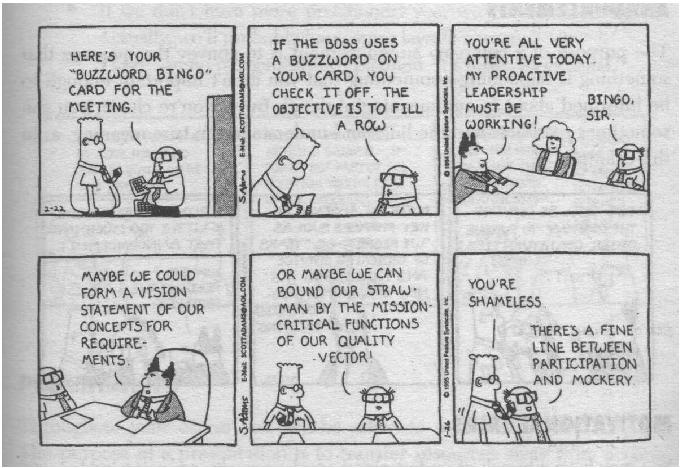Early today, the officials in Kazakhstan demolished more homes belonging to Hare Krishna devotees at the farm in Almaty.
This ten minute
video gives an overview on the background of the situation in Kazakhstan.

Preliminary reports are placing the number of homes demolished today at twelve (added to the demolitions last November, that would bring the total to twenty-six homes destroyed). As before, the officials brought busloads of laborers and police officers with them, indiscriminately taking crowbars and sledgehammers to the homes. They threw personal possessions out into the street, even as the horrified devotees pleaded with them and begged for mercy. Mechanical diggers then moved in, literally "crushing the houses to dust."

We do not think that the (makeshift) temple or cow-barn have been demolished yet. However, local officials have included these buildings on their list of buildings to be demolished. This is especially troubling because the temple is the official site linked to ISKCON's registration as a religion in the country. Because of the way Kazakh law is structured, there is a possibility that if the temple structure is demolished, ISKCON will simply lose its right to exist legally in the country at all.
The latest report is available at
Forum18.org, a religious freedom watchdog news agency.
Please keep checking the following sites for updates:
Forum18.org KazakhKrishna.com iskconcommunications.blogspot.comHis Holiness BB Govinda Maharaj is in the United States right now in order to raise awareness about (and funds for) the crisis in Kazakhstan. He is in Washington, D.C. right now with Anuttama Prabhu and they have had several successful meetings with high-ranking US officials and human rights advocates.
I will try my best to let you know more details as they emerge; right now, please inform everyone you know about the situation and request their prayers. Organized
kirtan is always a nice idea in situations such as this.
Also, now it appears certain that the devotees will have to relocate very quickly and this requires substantial funds, so any financial help would be most welcome. You may help by contacting your local ISKCON temple about how to give donations, or by visiting
www.palaceofthesoul.com and clicking on "Donate Online."
Please do NOT stage any protests or contact any officials without first coordinating it with our office. on behalf of ISKCON Communications,
your servant,
Vyenkata Bhatta dasa

PS: BB Govinda Swami's inspirational words to the devotees in Kazakhstan:
"Take shelter of Krishna. Everyone should remain very brave and remain fixed in chanting the holy name. Pull together and take care of the devotees whose homes have been destroyed. What is being done is cruel and certainly not fair but we still have our lives….so those lives should be focused on serving Krishna and our consciousness should certainly not become like that of the people who are doing this. We are witnessing a rude exhibition of material consciousness – never become like that. Pull together, even more than you did last November. Make sure the homeless devotees have shelter and try to gather together their belongings. And by this try to understand how special devotee association really is…"
 The paper says the reason is healthy food being served by ISKCON, or the International Society for Krishna Consciousness, a Hindu evangelist organisation.
The paper says the reason is healthy food being served by ISKCON, or the International Society for Krishna Consciousness, a Hindu evangelist organisation.













